Getting Started with Your First Aquarium
How to Set Up a 10 Gallon Fish Tank (Beginner’s Guide), So, you’ve decided to dive into the world of fishkeeping welcome! Setting up your very first aquarium is an exciting step, and 10 gallon fish tank is the perfect size to begin with. It’s compact enough to fit comfortably in small spaces, but large enough to create a thriving aquatic environment for a handful of happy, healthy fish.
If you’re wondering how to set up a 10 gallon fish tank without making beginner mistakes, you’re in the right place. With the right guidance, even first-timers can create a beautiful underwater world that’s easy to manage and rewarding to maintain.
In this step-by-step guide, we’ll walk you through the entire process from picking the right spot for your tank to cycling it properly and choosing the best beginner-friendly fish. Whether you’re setting up a freshwater tank for guppies or planning a peaceful home for a betta, this guide has got you covered.
Let’s get your aquarium journey started stress-free and success-ready.
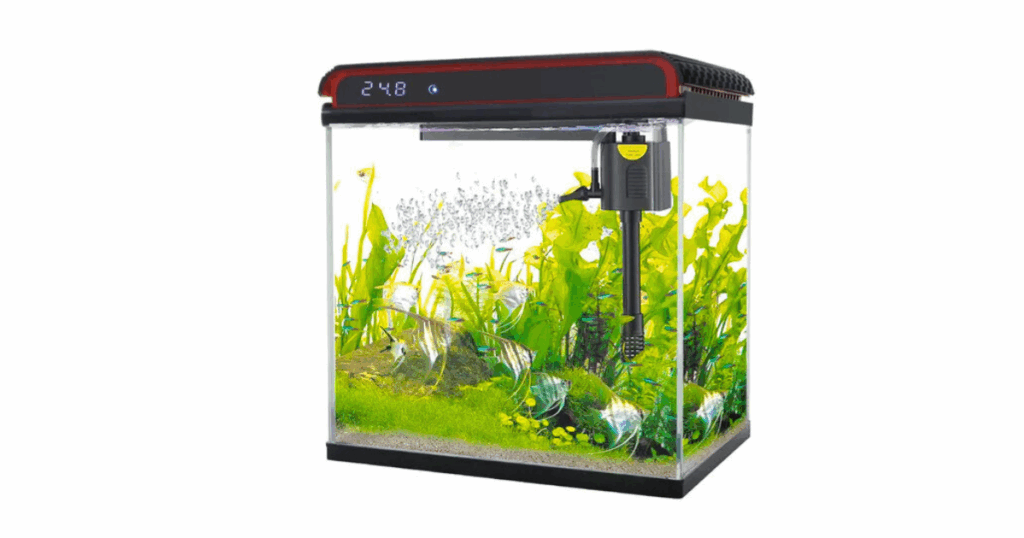
Where Should You Place Your 10 Gallon Tank?
Before you even fill your aquarium with water, one of the most important decisions you’ll make is where to put it. A full 10 gallon fish tank can weigh over 100 pounds, so choosing the right spot matters for both stability and the health of your fish.
Start by selecting a flat, sturdy surface — preferably a dedicated 10 gallon fish tank stand or a low piece of furniture that won’t wobble. Make sure the area is close to an electrical outlet and away from direct sunlight, which can cause algae growth and temperature swings.
It’s also smart to avoid high-traffic spots like hallways or doorways. Fish get stressed by constant motion and loud noise. Remember, a 10 gallon tank’s dimensions make it great for bedrooms, offices, or cozy living rooms — just make sure the surface can support the weight and allows easy access for maintenance.
Must Have Gear for Your 10 Gallon Setup
When it comes to how to set up a 10 gallon fish tank, having the right equipment is half the battle and the good news is, you don’t need to spend a fortune. Most beginner setups start with a 10 gallon fish tank kit, which often includes a filter, hood, and sometimes even a heater and LED lighting.
But let’s break it down so you know exactly what you’ll need: Check the links to buy
- Aquarium Filter: A small but powerful aquarium filter is a must. Look for one designed for small tanks (often labeled as a small aquarium filter) to keep your water clean and your fish healthy.
- Heater: If you’re keeping tropical fish, a fish tank heater is essential to maintain a stable water temperature around 75–78°F.
- Lighting: LED lights built into a tank hood are great for both aesthetics and plant growth.
- Thermometer: Helps you monitor the water temperature.
- Water Conditioner: Removes chlorine and harmful chemicals from tap water.
- Gravel/Substrate: Besides looking good, it’s necessary for beneficial bacteria.
- Test Kit: To monitor ammonia, nitrites, and nitrates—critical for tank cycling.
Whether you’re using a 10 gallon fish tank stand or setting the tank on a solid piece of furniture, make sure it’s level and strong enough to hold your setup.
Step-by-Step: How to Set Up a 10 Gallon Fish Tank
Now that you’ve gathered your supplies and picked the perfect location, it’s time to put everything together. This is where the magic happens! Follow these easy steps to learn how to set up a 10 gallon fish tank from scratch — no experience required.
1. Rinse Everything (No Soap!)
Start by rinsing your 10 gallon aquarium, gravel, and decorations with warm water. Avoid soap or detergent — even trace amounts can harm your fish.
2. Add Substrate and Decor
Spread 1–2 inches of gravel along the bottom. Add rocks, plants, or ornaments to create hiding spots and make your tank feel more natural. Your future fish will appreciate the comfort!
3. Install the Equipment, also check How to Set Up a Fish Tank Filter (Beginner’s Guide)
Position your aquarium filter, heater, and thermometer before adding water. Filters typically hang on the back of the tank, while heaters can be suctioned to the side. Double-check the wattage on your fish tank heater—25–50 watts is ideal for a 10 gallon setup.
4. Fill with Dechlorinated Water
Slowly pour in water to avoid disturbing your layout. Use a plate or bowl to disperse the flow. Add a water conditioner to remove chlorine and heavy metals.
5. Power Up and Adjust
Turn on your filter and heater. Set the temperature between 75°F–78°F for tropical fish. Make sure your filter is running smoothly and water is circulating properly.
6. Check and Wait
Let your tank run for 24–48 hours before moving on to cycling. This allows the equipment to stabilize and gives you a chance to test everything.
Learning how to set up a 10 gallon fish tank is more than just stacking equipment — it’s about creating a safe, comfortable habitat for your fish to thrive. With this solid foundation, you’re already ahead of most first-time aquarists.
Why Cycling Your Tank Matters (and How to Do It)
Before you add any fish, there’s one critical step that many beginners overlook — cycling the tank. This is the heart of a healthy aquarium, and if you skip it, your fish won’t last long. So, let’s talk about how to cycle a 10 gallon fish tank the right way.
The nitrogen cycle is a natural process that breaks down fish waste and leftover food into less harmful substances. It works like this:
- Ammonia builds up first — this is toxic to fish.
- Beneficial bacteria begin to grow, which convert ammonia into nitrite (still harmful).
- A second group of bacteria then converts nitrite into nitrate, which is much less dangerous and can be controlled with regular water changes.
To start cycling a fish tank, add a small amount of fish food or pure ammonia to feed the bacteria. Let your filter and heater run continuously. Use a test kit to monitor ammonia, nitrite, and nitrate levels over the next 2–4 weeks. Once ammonia and nitrites drop to zero and nitrates appear, your cycle is complete.
Yes, it takes a bit of patience, but it’s worth it. A properly cycled tank means your fish will be healthier, your water will be clearer, and your whole setup will be easier to manage in the long run.
Think of it this way: the nitrogen cycle in an aquarium is like setting up plumbing in a house — get it right from the start, and everything flows smoothly afterward.
Best Fish for a 10 Gallon Tank
Once your tank is fully cycled and stable, it’s time for the fun part — adding fish! But not just any fish. A 10 gallon tank has its limits, so it’s important to choose species that are small, peaceful, and easy to care for.
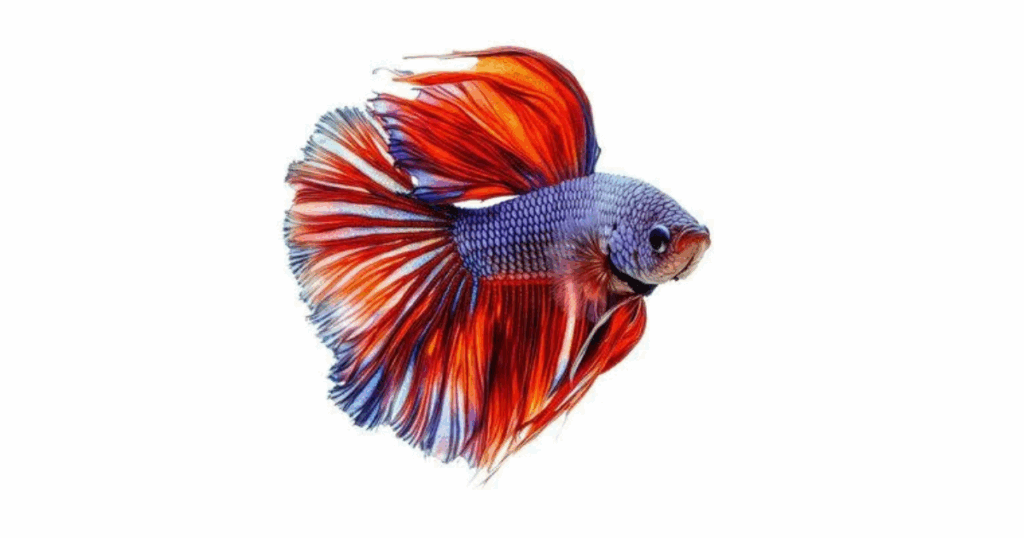
Here are some of the best fish for a 10 gallon tank, especially if you’re just starting out:
- Betta Fish: Vibrant, hardy, and low maintenance. Keep one per tank unless you’re experienced with community setups.
- Neon Tetras: These colorful little swimmers love being in groups (aim for 5–6) and do well in small freshwater fish setups.
- Guppies: Energetic and easy to breed, guppies are perfect for a beginner fish tank.
- Corydoras Catfish: Peaceful bottom dwellers that help keep your tank tidy.
- Harlequin Rasboras: Another great schooling fish, ideal for small, community fish tanks.
Stick to 6–8 small fish total to avoid overcrowding. And remember — each species has unique care needs. Always research compatibility before mixing different fish.
Pro Tip: Avoid aggressive or fast-growing species. Overcrowding and poor planning are among the most common mistakes in 10 gallon aquariums, especially for beginners.
Choosing the right fish makes all the difference in creating a peaceful, thriving underwater home. Start simple, keep it cozy, and you’ll fall in love with fishkeeping in no time.
Keeping It Clean: Simple Maintenance for a Healthy Tank
Now that your tank is up and running with happy fish swimming around, it’s time to talk about upkeep. The good news? 10 gallon fish tank maintenance is super manageable once you get into a routine.

Here’s a beginner-friendly schedule to help you stay on top of things:
Weekly Tasks
- Partial Water Changes: Replace about 20–30% of the water every week. Use a siphon or gravel vacuum to clean debris while removing water. This helps control nitrate levels and keeps your fish healthy.
- Test Water Parameters: Use an aquarium test kit to check levels of ammonia, nitrite, nitrate, and pH. This helps you spot issues before they harm your fish.
- Wipe Down Glass: Use an algae scraper or magnetic cleaner to keep the glass clear. Good algae control makes your tank look cleaner and healthier.
Monthly Tasks
- Clean the Filter (Gently!): Rinse the filter media in old tank water (not tap water) to preserve beneficial bacteria. Never replace all media at once.
- Trim Plants & Reorganize Decor: If you have live plants, give them a little grooming. Also check for debris buildup around decorations.
- Inspect Equipment: Double-check that your heater, lights, and filter are working properly.
By sticking to this simple aquarium upkeep schedule, you’ll prevent most common problems — cloudy water, sick fish, and algae explosions — before they even begin. Regular aquarium water changes and cleanings are the secret to a thriving tank that’s just as fun to maintain as it is to admire.
Common Beginner Mistakes to Avoid
What NOT to Do: Avoid These Common Pitfalls
Even with the best intentions, beginner fish keepers often run into avoidable problems. If you want to save time, money, and fish lives, watch out for these classic beginner aquarium mistakes.
Overfeeding
This is the #1 mistake. Your fish only need a small pinch of food once or twice a day. Overfeeding fish leads to uneaten food, which breaks down into harmful toxins and causes cloudy water and algae blooms.
Overstocking
A 10 gallon tank may seem roomy at first, but it fills up fast. Don’t cram in too many fish. Overstocking a tank stresses fish and strains your filtration system. Always research how many and which species your tank can handle.
Skipping the Nitrogen Cycle
One of the biggest fish tank cycling mistakes is adding fish before the tank is properly cycled. This leads to deadly ammonia spikes. Be patient — cycling takes time, but it’s vital.
Ignoring Water Testing
If you don’t regularly test water parameters, you’re flying blind. Unbalanced water chemistry is one of the top causes of sick fish and new fish tank problems.
Not Doing Regular Maintenance
It’s easy to skip water changes and filter checks, but poor 10 gallon fish tank maintenance will catch up with you fast.
Avoiding these pitfalls helps you build a stress-free, beautiful aquarium from day one.
Frequently Asked Questions About Setting Up a 10 Gallon Fish Tank
Q1: How long should I wait before adding fish to my 10 gallon tank?
You should wait at least 2–4 weeks after starting your 10 gallon fish tank setup. This allows time for the nitrogen cycle to establish, creating a safe, stable environment for your fish.
Q2: Can I cycle my fish tank with fish in it?
Yes, but it’s not recommended for beginners. Fish-in cycling can be stressful for fish and requires frequent water testing and changes. A fishless cycle is safer and more effective for new hobbyists.
Q3: Do I really need a heater for my 10 gallon tank?
If you plan to keep tropical fish, yes! An aquarium heater is essential to maintain a stable temperature (usually between 75–78°F). Temperature swings can stress fish and weaken their immune systems.
Q4: What’s the best beginner fish for a 10 gallon tank?
Some of the best beginner fish include bettas, guppies, neon tetras, and corydoras. These species are hardy, peaceful, and stay small enough for a 10 gallon setup.
Q5: How often should I clean my filter?
Rinse your fish tank filter media every 3–4 weeks using old tank water to avoid killing beneficial bacteria. Don’t replace all media at once unless it’s falling apart.
Q6: Can I keep more than one type of fish together?
Yes, but it depends on compatibility. Stick to peaceful, similarly sized fish and avoid mixing aggressive or fin-nipping species in a small community tank.
If you still have questions or want personalized help with your setup, feel free to get in touch! We’re always happy to help fellow cozy pet lovers build their perfect aquatic home.
Conclusion: Your 10 Gallon Journey Starts Here
Setting up your first 10 gallon aquarium is an exciting step into the world of fishkeeping — and now, you’re fully equipped to do it right. From choosing the right gear to cycling the tank and picking beginner-friendly fish, you’ve got the essentials covered.
Remember, a thriving tank isn’t built overnight. But with a little patience, regular care, and the right knowledge, your beginner fish tank setup will soon be a peaceful underwater world you’ll love watching every day.
Thanks for trusting Cozy Pet Owner to guide your journey and happy fishkeeping!

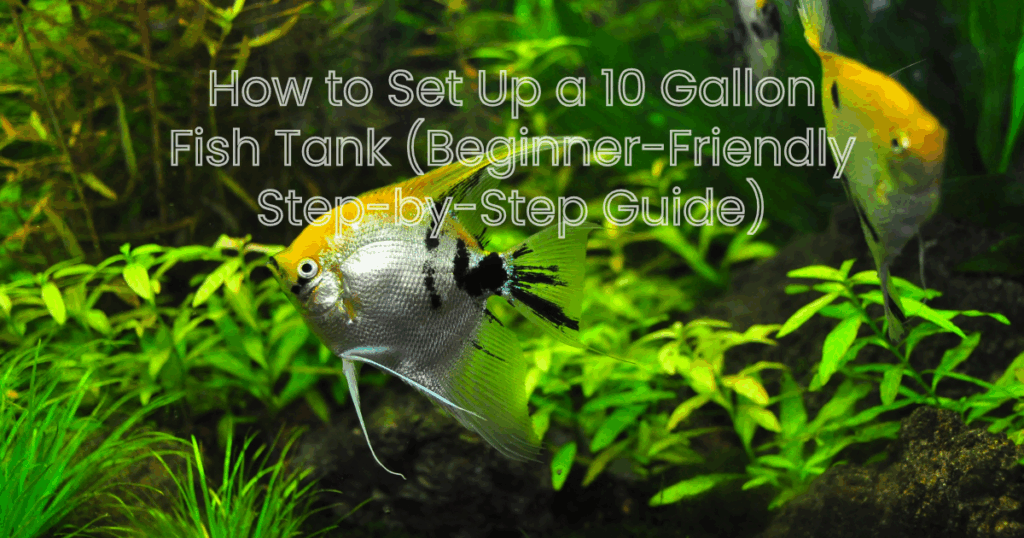
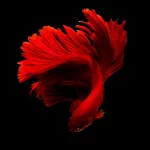
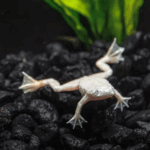

Pingback: African Dwarf Frog Care: Complete Beginner’s Guide to Tank Setup, Feeding & More - Cozy Pet Owner
Pingback: Everything You Need to Know About Cherry Shrimp (Neocaridina) in Home Aquariums - Cozy Pet Owner
Pingback: Tetra Fish Guide: Types, Tank Setup, Feeding & Care Tips for Beginners - Cozy Pet Owner